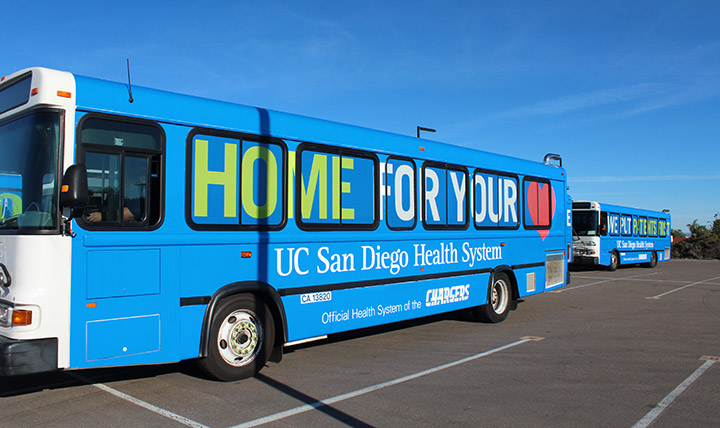Hydrogen Goes Public in Southern California
On April 20, 2004, after 40 years of fighting it was all smiles between auto executives from Detroit and the regulators of California’s health and emissions. That day a new governor signed the historic California Hydrogen Highways Executive Order.


